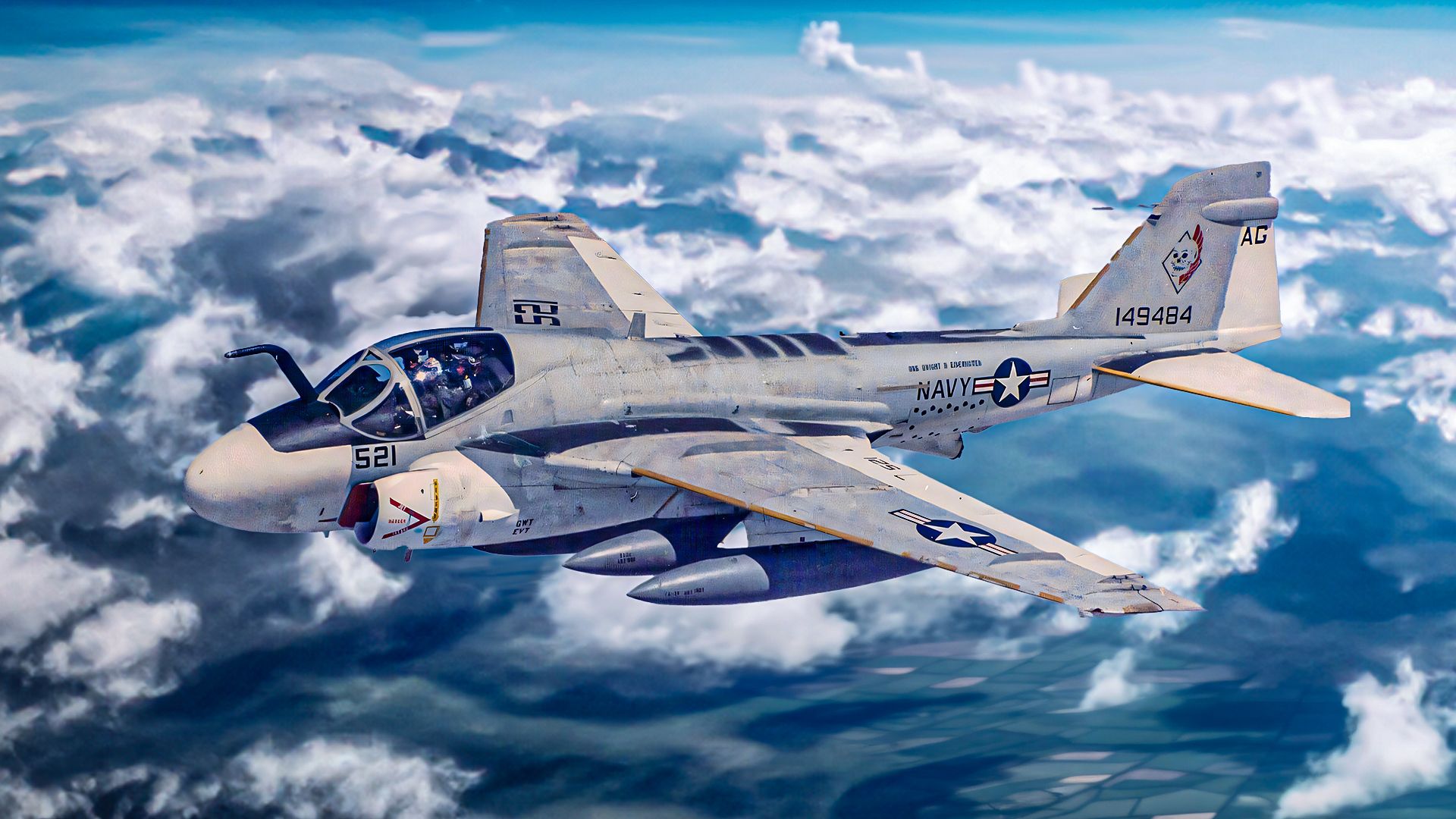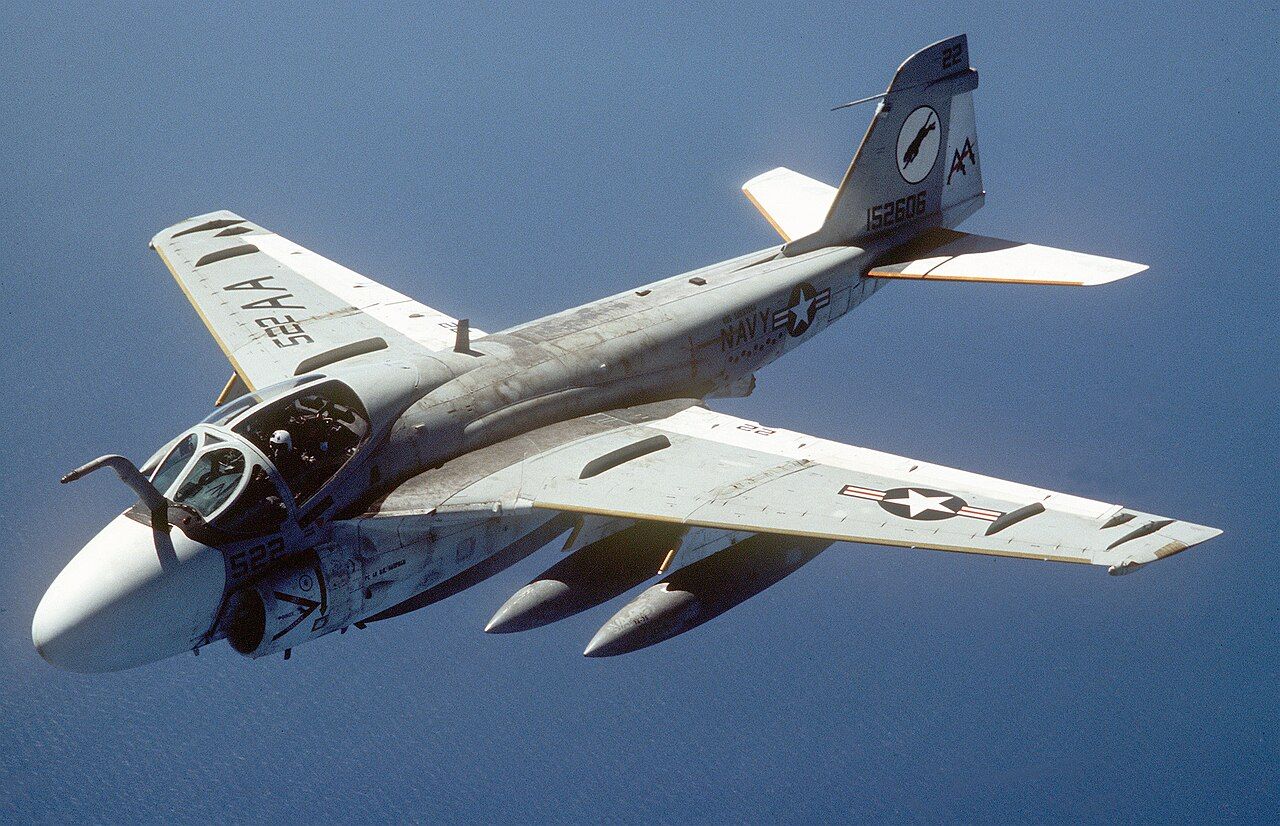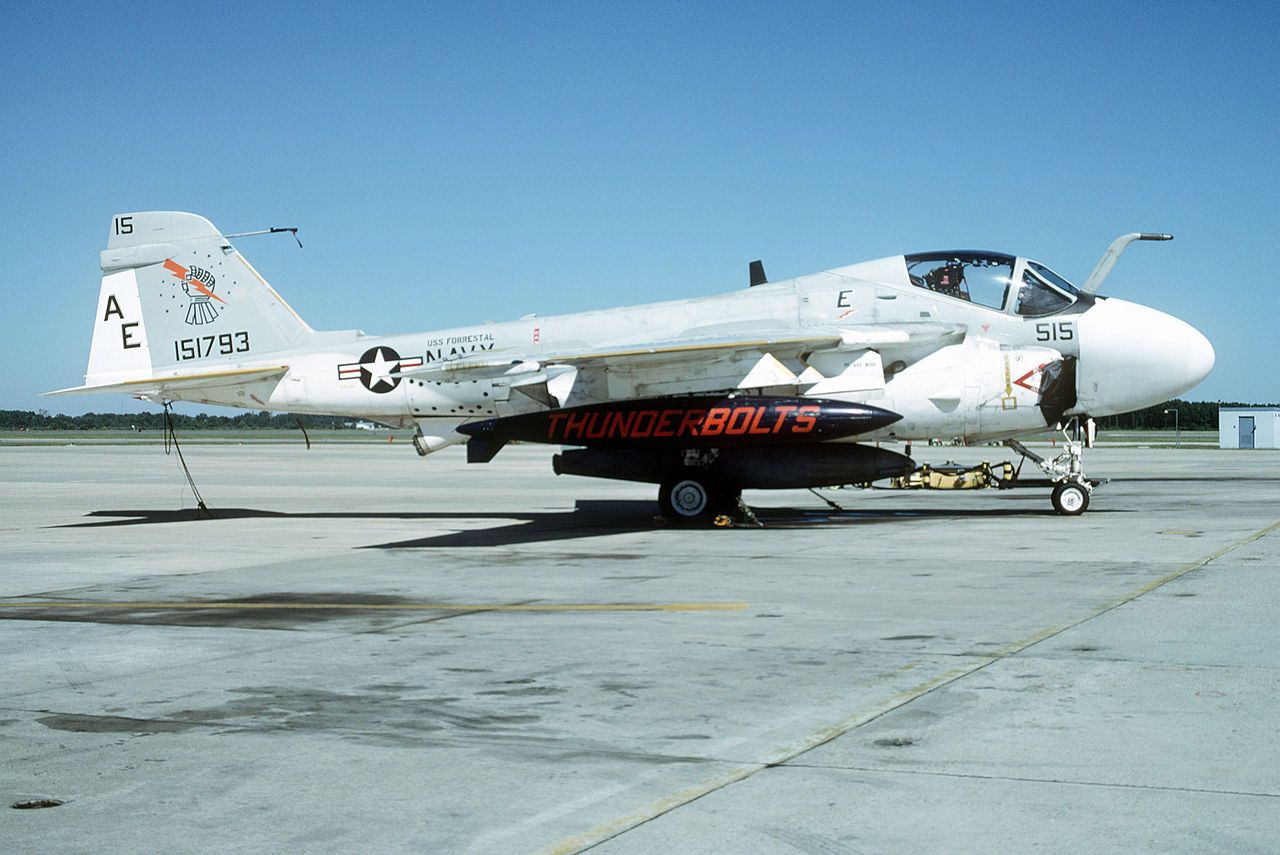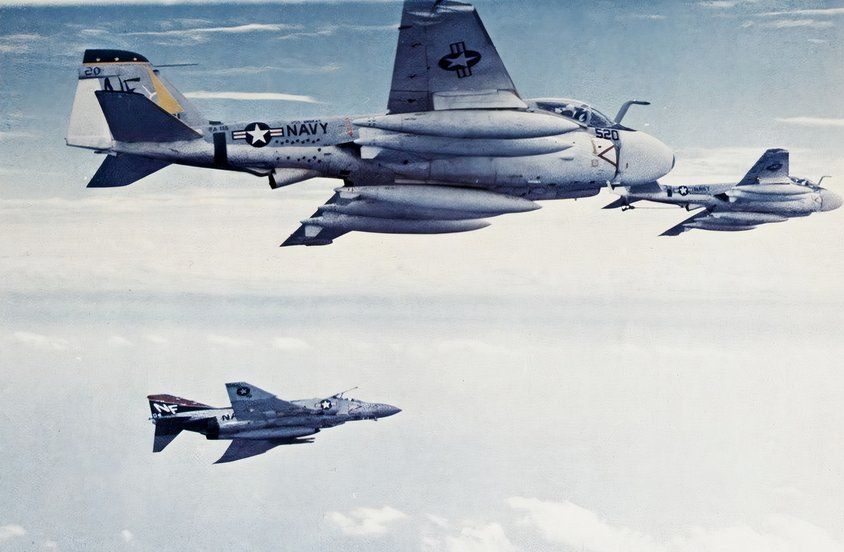Summary
- World’s first all-weather bomber, A-6E Intruder, has state-of-the-art radar.
- Vulnerable due to low-flight mission profile but superior payload capacity.
- A-6E Intruder capable of carrying a large variety of weapons, excelling in missions.
The Grumman A-6 was designed as an all-weather attack aircraft to fulfill the requirements of the Bureau of Aeronautics to replace the Douglas A-1 Skyraider. The low-altitude aircraft was known for its speed, agility, and payload capacity. Simple Flying lists the notable features of the A-6E Intruder.
1
The world’s first all-weather bomber
First flight: April 19, 1960
- Crew: 2 (pilot, bombardier/navigator)
- Length: 54 ft 9 in (16.69 m)
- Wingspan: 53 ft 0 in (16.15 m)
- Width: 25 ft 2 in (7.67 m) wing folded
- Height: 16 ft 2 in (4.93 m)
- Wing area: 528.9 sq ft (49.14 m2)
The Grumman A-6E Intruder is an all-weather attack aircraft designed and developed by Grumman Aerospace for the US Navy and US Marine Corps. Designed in the late 1950s, the A-6E performed its maiden flight in April 1960 and entered Navy service in 1963. The A-6E is considered the world’s first all-weather attack aircraft.
According to the US Navy,
“The A-6 Intruder is the world’s first fully all-weather attack bomber capable of detecting and identifying tactical or strategic targets and delivering both conventional and nuclear ordnance on them under zero-visibility conditions.”
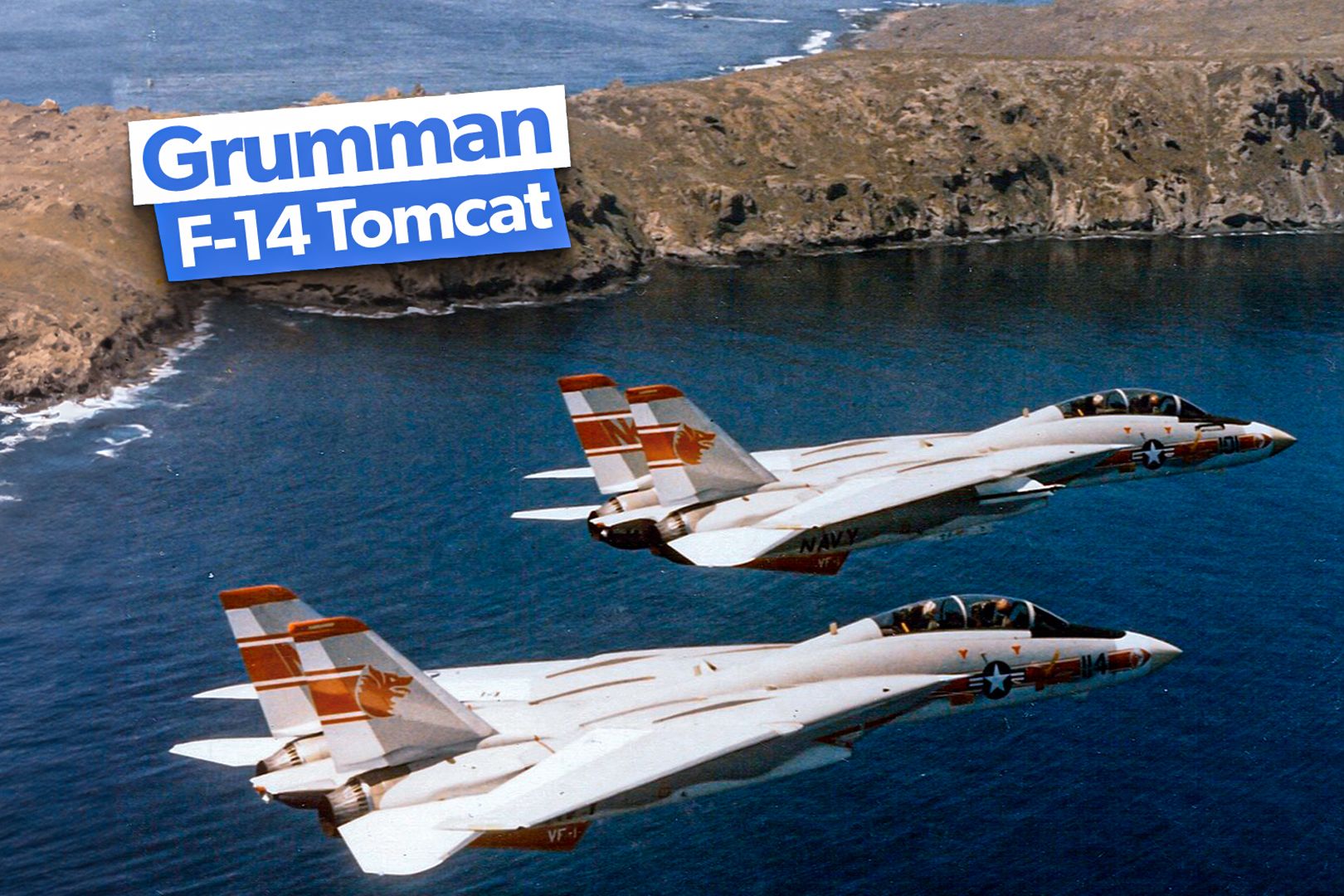
Related
Grumman F-14 Tomcat: Top 5 Historic US Forces Missions
The Tomcat was in service between 1974 and 2006 and carried out a number of combat missions for the US Navy.
2
A Vietnam War hero
The A-6E Intruder was used in the war for eight years
- Vietnam War: November 1955 – April 1975
- Vietnam, Laos, Cambodia
- A proxy war between the Soviet Union and the US
The long conflict between Vietnam, Laos, and Cambodia lasted nearly 20 years. While the main oppositions of the war were North Vietnam and South Vietnam, the North was mainly supported by the Soviet Union and China, while the US and anti-communist allies supported the South.
The A-6 Intruders were used extensively during the Vietnam War. The heavy weapon payload and long range proved to be ideal for the combat missions in Vietnam. The aircraft’s ability to fly in all weather conditions while being lower to the ground made it invaluable during conflicts. Both the US Navy and the Marine Corps utilized their fleet of Intruders for over eight years in the war.
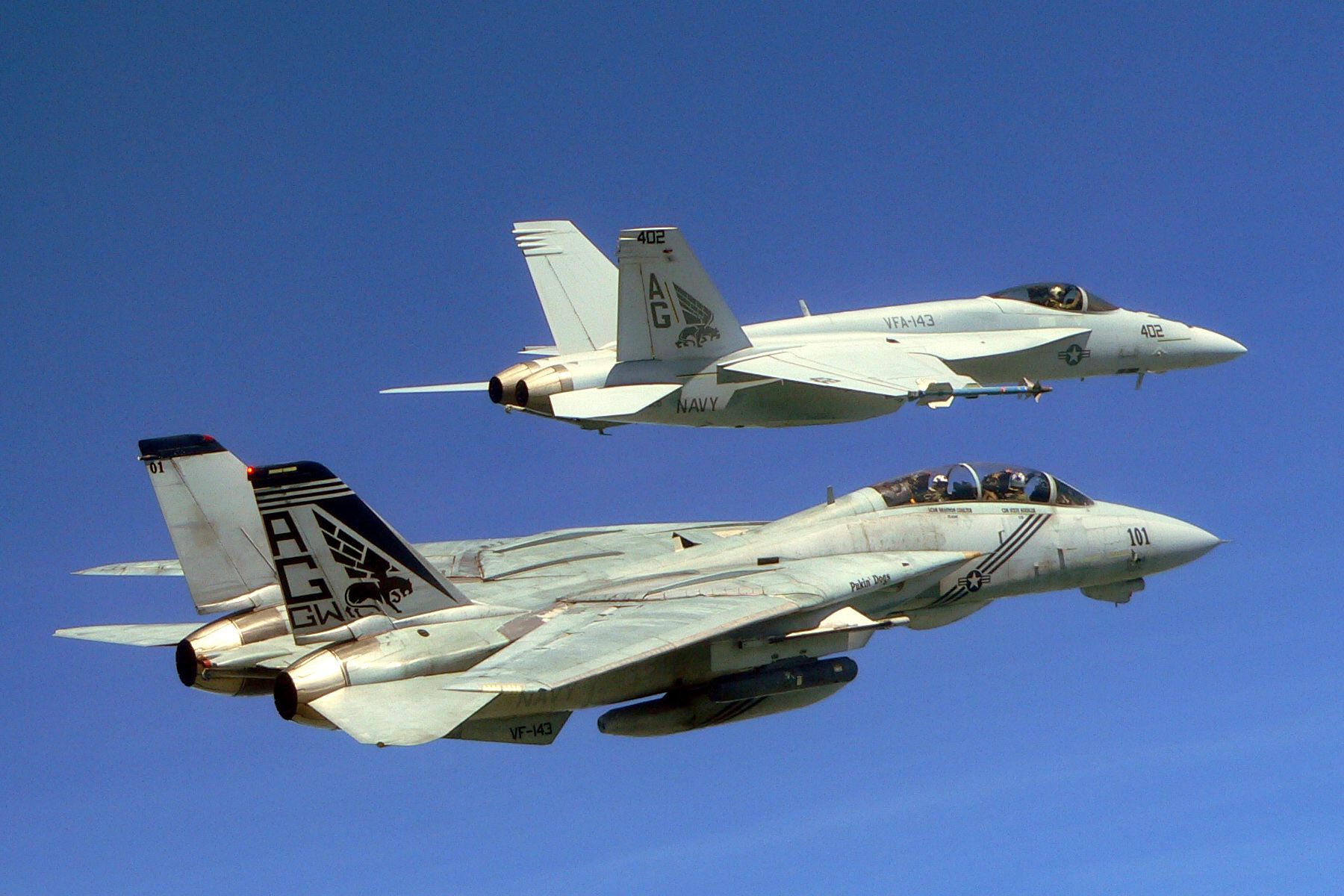
Related
Why Was The Grumman F-14 Tomcat So Versatile?
The aircraft was quite the flying machine.
3
Its low-flight ability became a challenge
More than 80 aircraft were lost during the war
- Introduced into service: 1963
- Production: 1962 – 1993
- Number built: 693
- Number of variants: 22
One of the A-6E Intruder’s biggest strengths also became its biggest challenge, particularly during high-intensity combat missions. The Intruder’s mission was defined to fly low and deliver its payload to the target. However, the mission profile made the aircraft especially vulnerable to anti-aircraft fire and surface-to-air missiles.
During the Vietnam War, the US Navy and the Marine Corps deployed hundreds of A-6 aircraft across several variants. During the eight-year deployment in the war, the two agencies lost a total of 84 aircraft combined. Similarly, during the Gulf War, while the aircraft played a significant role due to its payload capabilities, it lacked defensive systems.
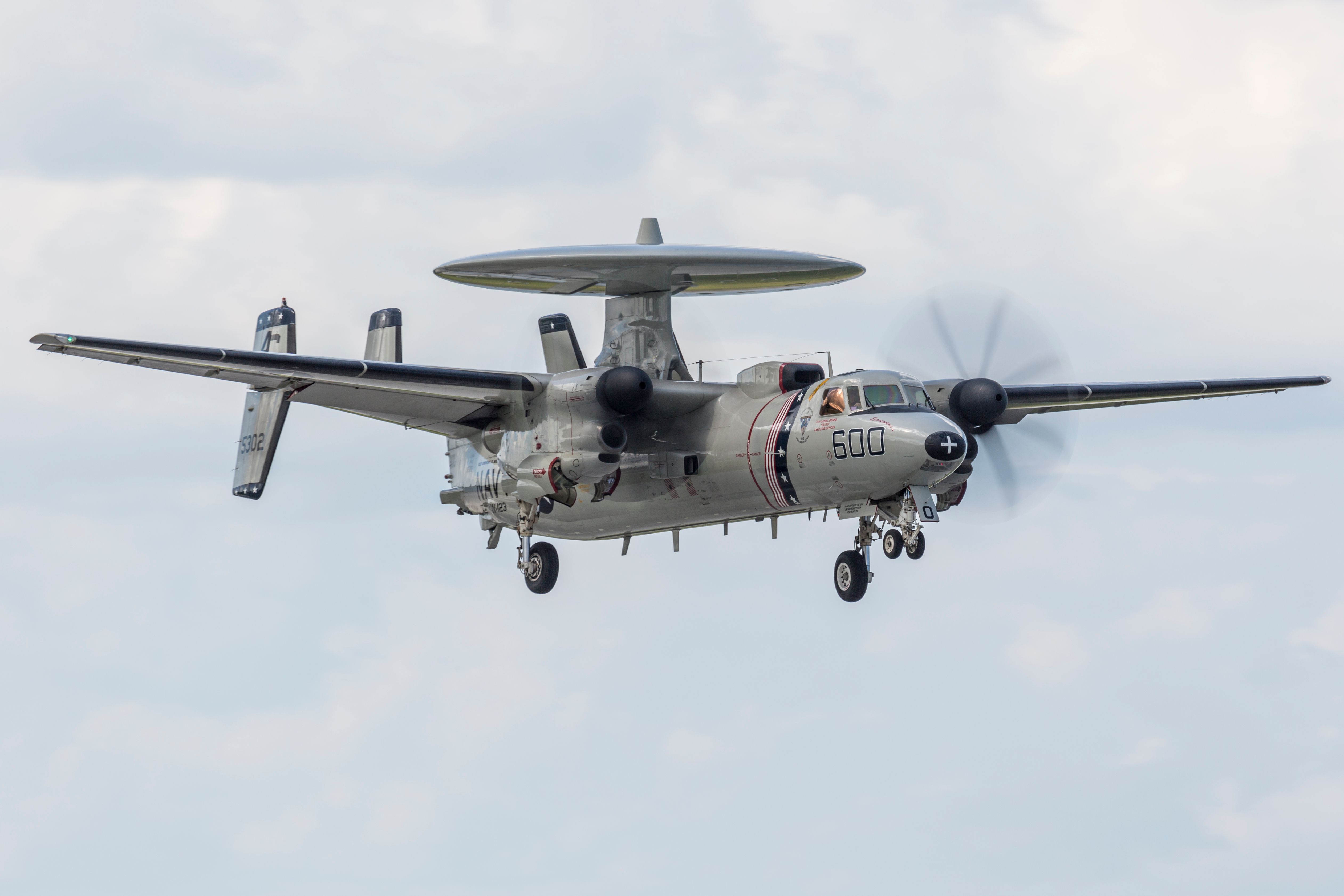
Related
Why Has The Northrop Grumman E-2 Hawkeye Had Such A Long Production Run
Over 60 years of development and updates
4
A synthetic representation of the world
Vertical Display Indicator (VDI)
- Maximum speed: 560 kn (640 mph, 1,040 km/h) at sea level
- Cruise speed: 412 kn (474 mph, 763 km/h)
- Stall speed: 98 kn (113 mph, 181 km/h) (flaps down)
- Combat range: 878 NM (1,010 mi, 1,626 km) (with max payload)
- Ferry range: 2,818 NM (3,243 mi, 5,219 km)
- Service ceiling: 42,400 ft (12,900 m)
- g limits: -2.4 to 6.5
The A-6E Intruder is equipped with state-of-the-art radar and communication systems that enable precise targeting of weaponry. In addition to the radar display, the aircraft also features a Vertical Display Indicator, allowing a synthetic representation of the outside world.
The displays provide a much greater situational awareness to pilots, particularly during high-speed combat missions. With the aircraft’s agility and maneuverability, high-speed radar systems are essential for mission success. The Cathode Ray Tube (CRT) displays also enable head-down navigation and night assistance. Pilots are also able to perform tasks in all weather conditions.
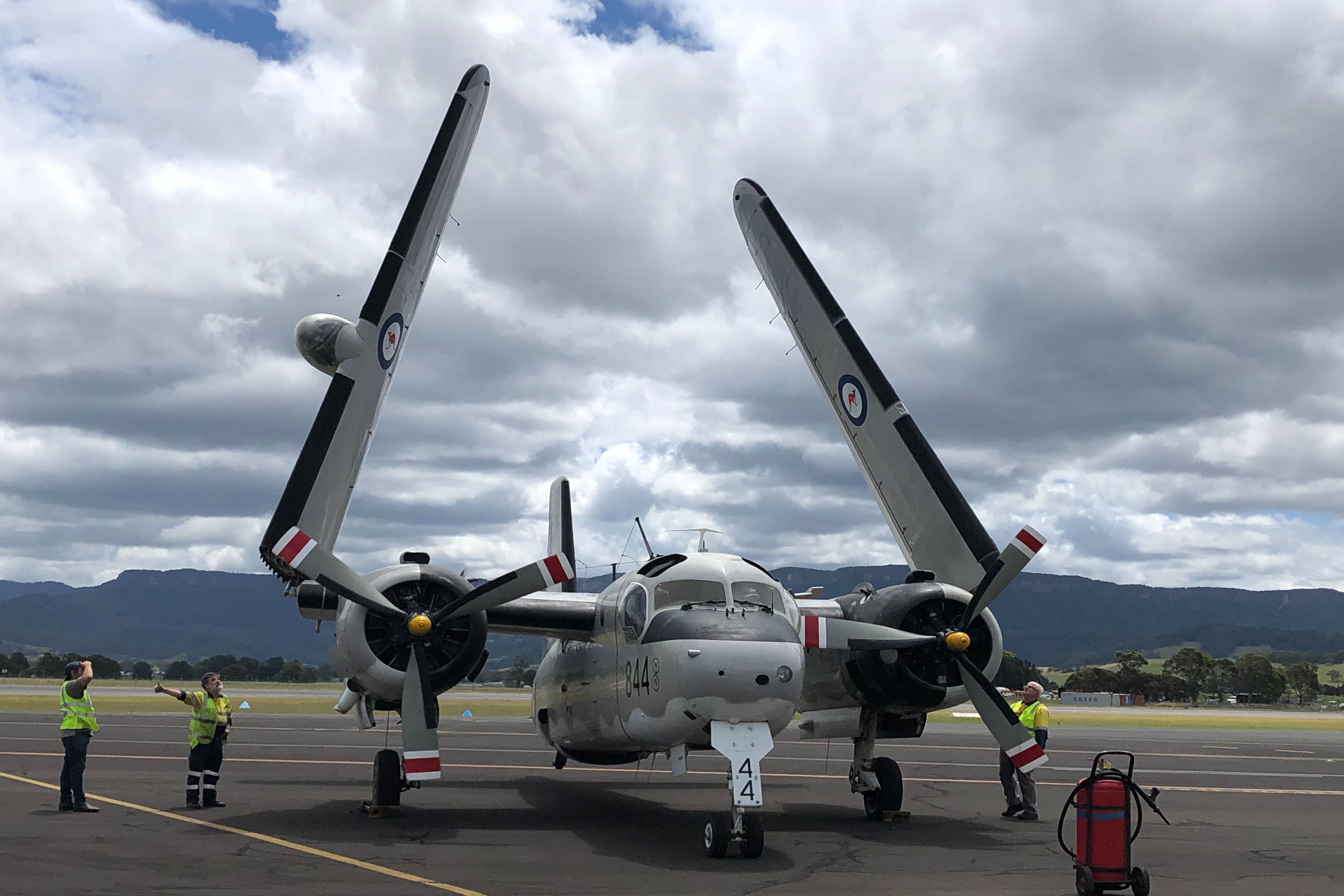
Related
Three Grumman Trackers Star At HARS Tarmac Days This Weekend
For its first Tarmac Days of 2024 HARS is putting two veteran military aircraft from its Navy Heritage Flight into the air this weekend.
5
High payload capability
Payload: 18,000 lbs (8,180 kg)
- Five hardpoints with a capacity of 3,600 lb (1,600 kg) each
- Four under wings, one under fuselage)
- Payload capacity: 18,000 lb (8,200 kg)
- Rockets, missiles, bombs, mines
The A-6E Intruder was capable of carrying a large amount of weaponry, including rockets, missiles, bombs, and mines. With a payload capacity of 18,000 lbs (8,180 kg), the A-6E was superior to many Cold War-era aircraft.
According to the US Navy,
“This extremely accurate, low-altitude, long-range, subsonic weapons system is powered by two turbojet engines partially buried in its plump fuselage. While the Intruder may not win any beauty contests, it clearly excels in its assigned mission. The A-6 is capable of carrying all U.S. and NATO air-to-ground weapons in its five external store stations–a total payload of 18,000 pounds.”
What are your thoughts on the different features of the A-6E Intruder? Share your views in the comments section.

